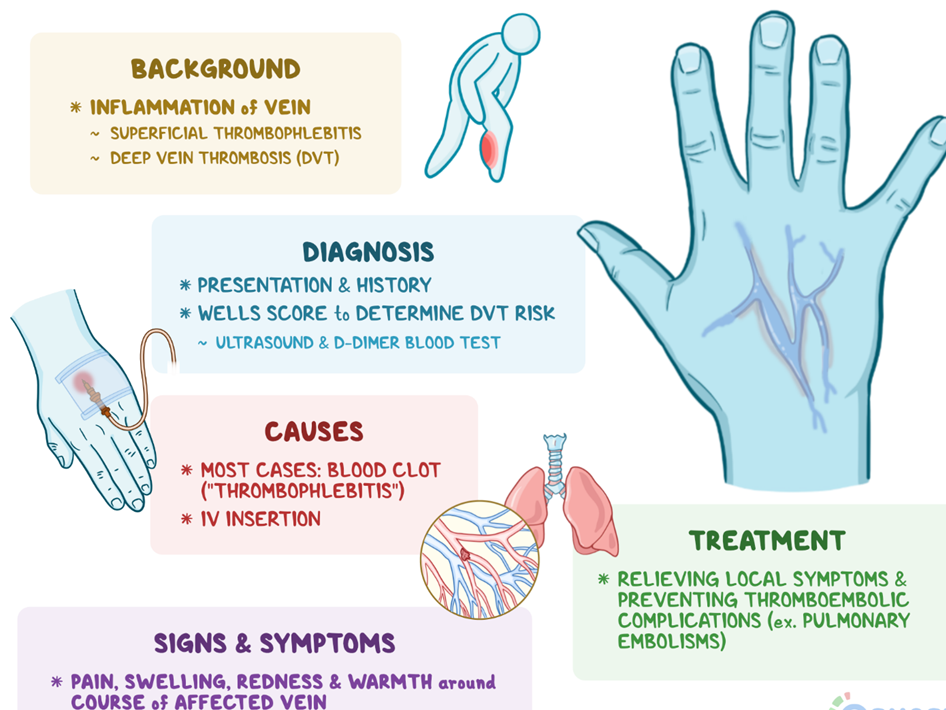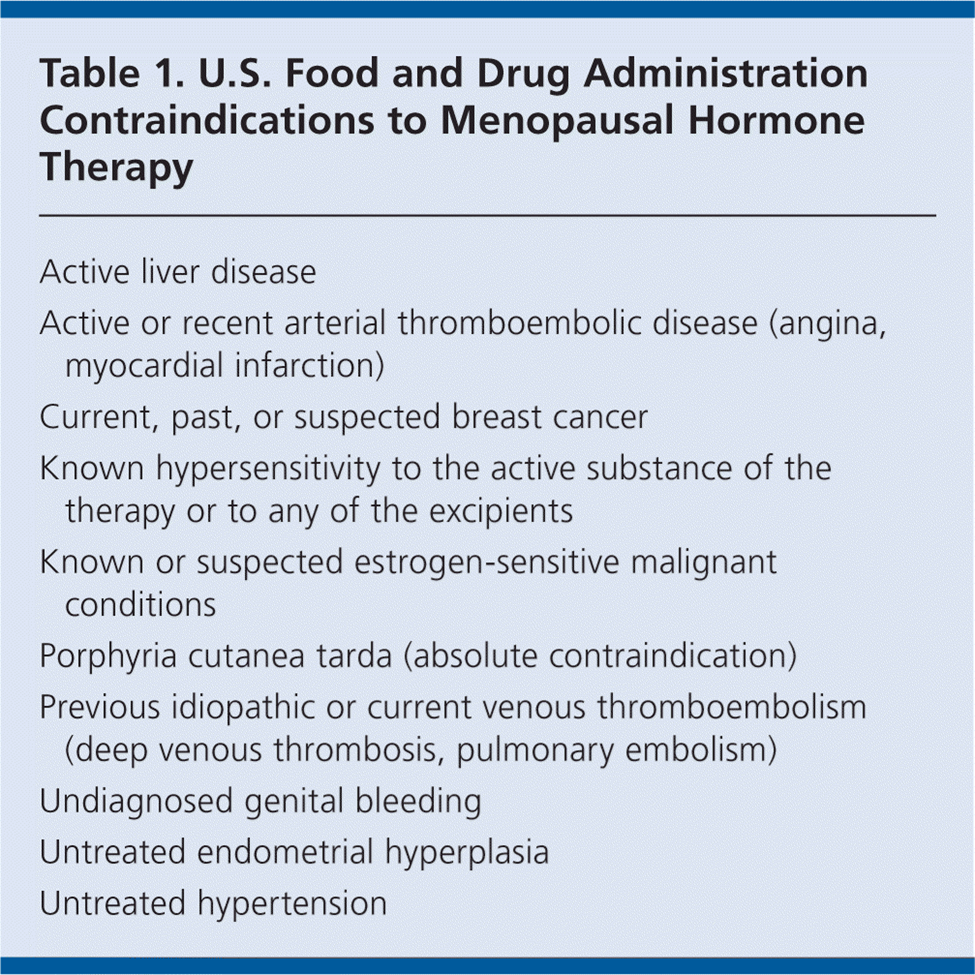A nurse is observing the IV catheter insertion site of a client who is receiving continuous IV therapy. Which of the following manifestations should the nurse identify as an indication that the client has developed phlebitis?
Coolness
Drainage
Pallor
Erythema
The Correct Answer is D
A. Coolness at the IV insertion site is not a typical sign of phlebitis. Phlebitis often presents with warmth or increased heat around the vein due to inflammation.
B. Drainage at the IV site might indicate infection or other complications but is not a specific sign of phlebitis. Phlebitis primarily manifests as redness, tenderness, and swelling along the vein.
C. Pallor (pale coloration) at the IV site is not a typical sign of phlebitis. Phlebitis usually presents with redness or erythema due to inflammation.
D. Erythema (redness) at the IV catheter insertion site is a hallmark sign of phlebitis. It indicates inflammation of the vein where the catheter is placed and is a common early sign of phlebitis. Other signs include warmth, tenderness, and swelling along the vein.

Nursing Test Bank
Naxlex Comprehensive Predictor Exams
Related Questions
Correct Answer is C
Explanation
A. "I'm sure your wife will begin to feel better soon."
This response is somewhat reassuring but may come across as dismissive or overly optimistic. It doesn't acknowledge the partner's feelings or offer support.
B. "It must be very difficult for you to see your wife in pain."
This response acknowledges the partner's emotions and shows empathy. While it recognizes the difficulty the partner is experiencing, it doesn't directly address the partner's desire to do something to help the wife.
C. "I wish there was more that I could do to relieve your wife's pain, too."
This response directly empathizes with the partner's wish to help the wife, expressing a shared concern. It conveys a sense of teamwork between the nurse and the partner, fostering a supportive connection.
D. "We're doing everything we can to keep your wife comfortable."
This response provides information about the actions being taken by the medical team but may not directly address the partner's expressed desire to contribute or alleviate the wife's pain.
Correct Answer is B
Explanation
A. Concurrent treatment for GERD (gastroesophageal reflux disease) is not typically a contraindication for hormone replacement therapy. However, it's essential to assess the specific details of the client's medical history and medications to ensure safe use.
B. A history of breast cancer is a significant contraindication for hormone replacement therapy. Estrogen, a component of many HRT regimens, can stimulate the growth of certain types of breast cancer. Therefore, HRT is generally avoided in individuals with a history of breast cancer.
C. A history of dermatitis is not typically a contraindication for hormone replacement therapy. However, individual circumstances should be considered, and any concerns related to skin conditions should be discussed with the healthcare provider.
D. Multiple hospitalizations for COPD (chronic obstructive pulmonary disease) may not be a direct contraindication for hormone replacement therapy, but the overall health status and individual medical history should be carefully considered before initiating HRT.

Whether you are a student looking to ace your exams or a practicing nurse seeking to enhance your expertise , our nursing education contents will empower you with the confidence and competence to make a difference in the lives of patients and become a respected leader in the healthcare field.
Visit Naxlex, invest in your future and unlock endless possibilities with our unparalleled nursing education contents today
Report Wrong Answer on the Current Question
Do you disagree with the answer? If yes, what is your expected answer? Explain.
Kindly be descriptive with the issue you are facing.
